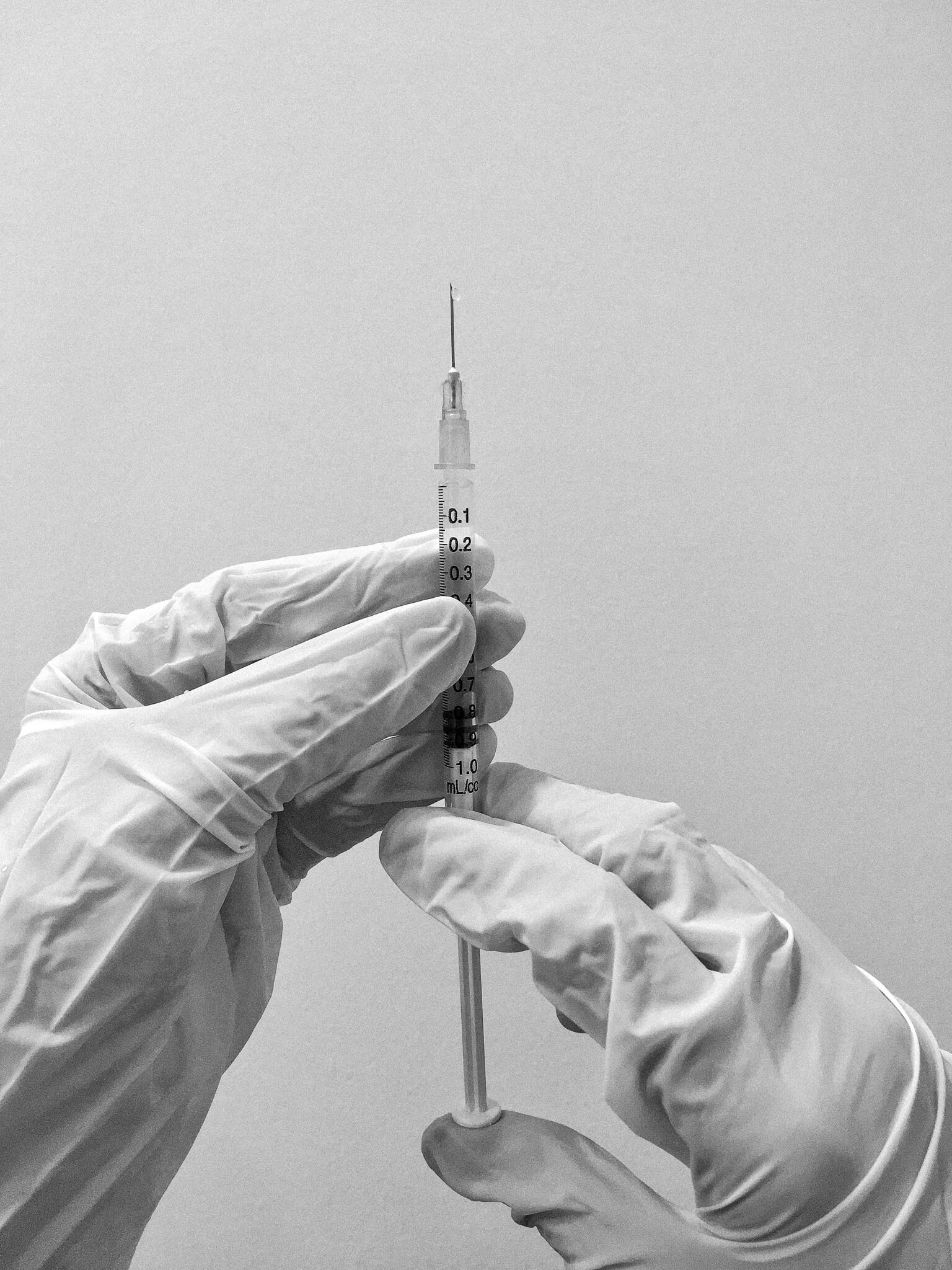aescend aesthetics
“I got filler 3 months ago and I feel like it’s all gone!”

This phrase (or similar) is something we often hear from new patients….and one that sets our spidey senses all a-tingling.
⠀⠀⠀⠀⠀⠀⠀⠀⠀
Filler (or hyalauronic acid) is a big, sugar-based molecule that varies slightly in molecular weight, concentration and composition depending on it’s intended use and placement. It is useful as a volumising agent because it can swell to many times its size by holding water. In the lips we look for a softer filler to give the tissue compressibility and form, yet also preserve function and appearance. With these qualities lip fillers are thought to last anywhere from 6-18 months…. although we know recently that it is sometimes much longer than this too.
⠀⠀⠀⠀⠀⠀⠀⠀⠀
Injection causes localised tissue trauma and swelling. This can cause a disparity between when a patient leaves the clinic, versus the result they are left with two weeks later. Filler can also change in size depending on hydration of the tissue. Seemingly contradictory, filler can swell when we are hydrated and also when we are dehydrated (because tissue retains water). Filler (and HA) is also subject to degradation by enzymes in tissue called hyalauronidases. The activity and concentration of which can vary greatly between tissues, locations, individuals and with other intrinsic/extrinsic factors (exercise, smoking etc).
⠀⠀⠀⠀⠀⠀⠀⠀⠀
HOWEVER filler can also move over time from the area in which it is placed and this is something we are always concerned about when we hear the above phrase. This is called ‘migration’ and symptoms include: assymmetrical/mishapen/uneven lips, loss of lip border definition, ledging around the lips and filler that seems to disappear quickly. Unfortunately once this occurs, placing more filler, will exacerbate the problem and we need to look at alternative treatment or dissolution.



